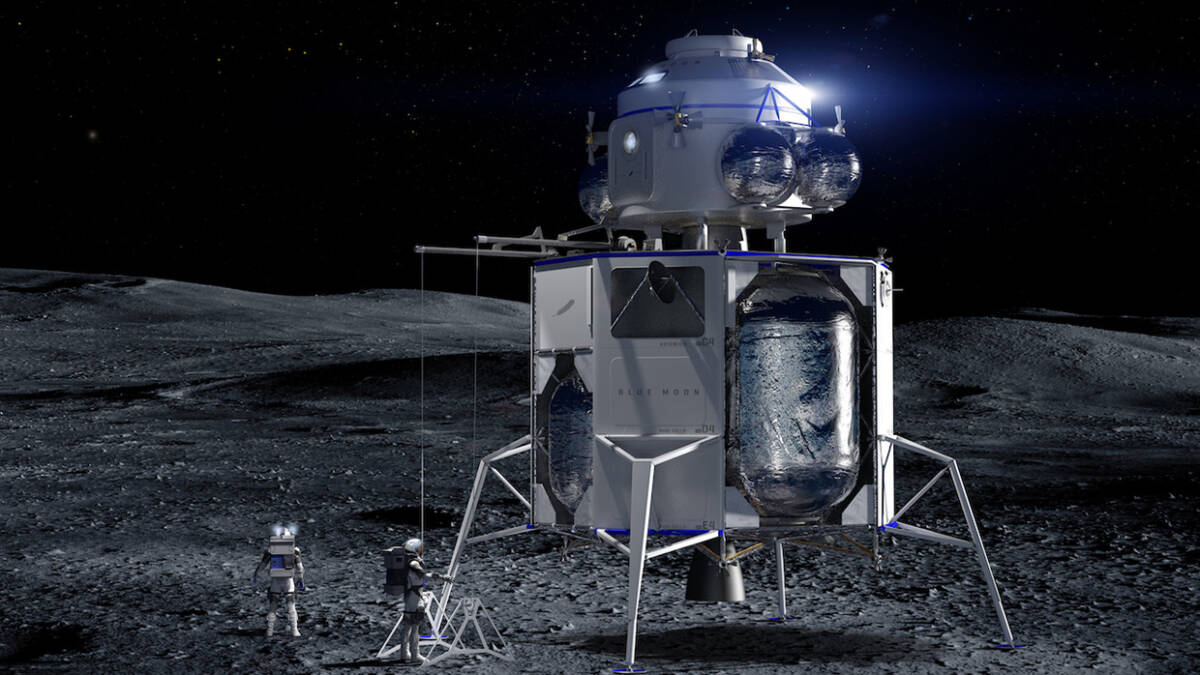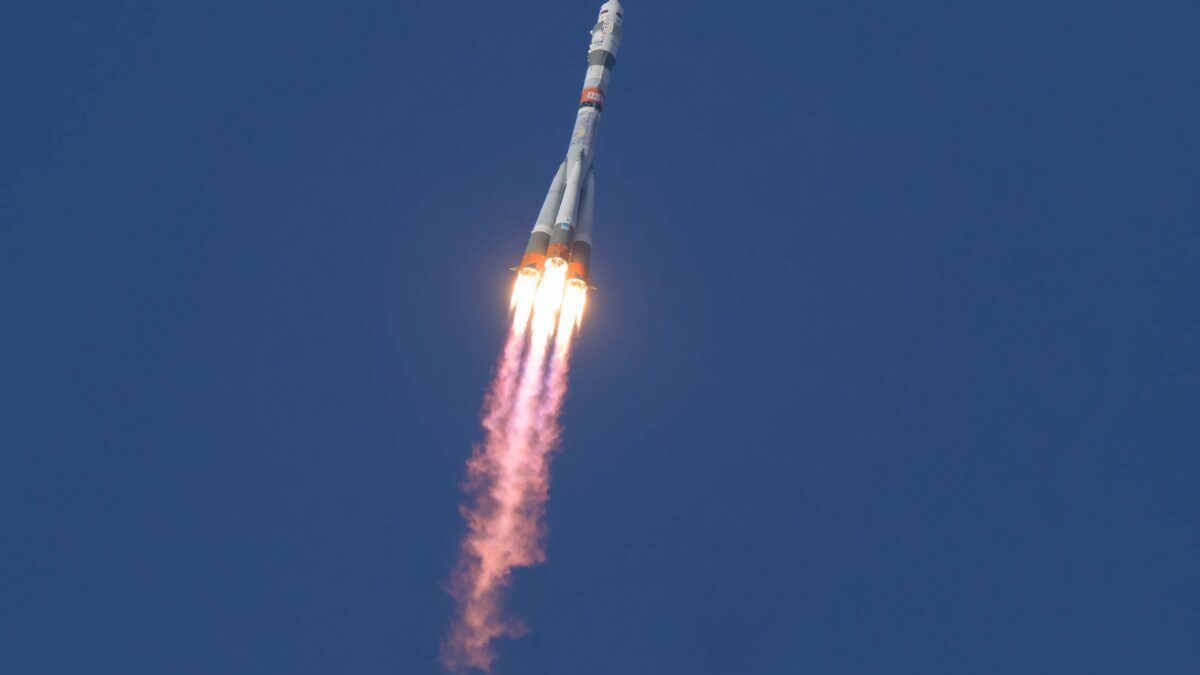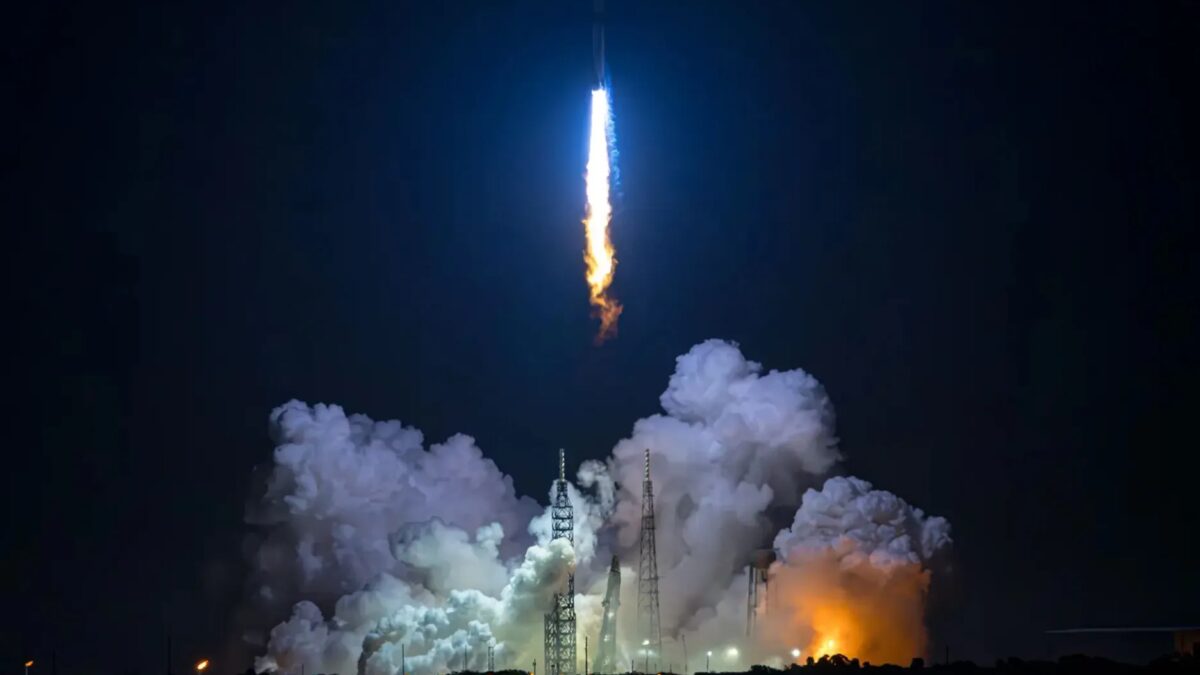NASA has lost faith in SpaceX

While China is making significant progress in preparing for its own moon landing by 2030, NASA is growing increasingly concerned about delays in its lunar program. Recent problems with the development of NASA’s chosen Starship lunar landing module from SpaceX are forcing agency officials to look for alternatives.
In 2021, NASA awarded SpaceX a $2.9 billion contract to deliver the first manned lunar module for the Artemis program. The module, based on an upgraded version of Starship’s upper stage, is to be part of the Artemis-3 mission, scheduled for mid-2027, and will take astronauts to the moon for the first time.
After Starship’s development ran into serious difficulties this year, however, NASA’s acting administrator, Sean Duffy, said he intended to “open up the contract” to competitors.
“SpaceX had a contract for Artemis-3,” he said on CNBC. – The problem is they’re behind. They’re dragging out the timeline, and we’re starting a race with China. The president and I want to land astronauts on the moon within his presidential term.”
“I’m going to open up the contract,” Duffy continued. – “I’m going to let other companies, like Blue Origin, compete with SpaceX, and if one of them gets us to the moon first, we’re going to support that project.”
What’s going on with SpaceX?
The year has not started well for the Starship program, with three attempts to launch the mega rocket failing between January and May, leading to delays and concerns about the readiness of the Artemis-3 program.
In August, however, SpaceX finally made a near-perfect Starship test flight, a major victory. Despite this, industry experts continue to express concerns: in September, the Senate Commerce Committee said the U.S. risked ceding the moon to China because of Starship’s lagging development. Members of the Space Activities Safety Advisory Panel also warned that Starship’s Human Landing System (HLS) could be “delayed for years.”
The last launch of Starship took place on October 13 and was successful, completing a series of tests of the second version of the rocket. SpaceX plans to unveil a third, larger and more modernized version of Starship in 2026, which will be used for the Artemis-3 mission.
A third, larger and more modernized version of Starship will be used for the Artemis-3 mission.
Before that, the company needs to conduct orbital tests, fuel transfer demonstrations, finalize the lunar landing module, and conduct unmanned missions to the moon. As SpaceX’s CEO, Ilon Musk, has said, “everything will change with the release of the new version of the rocket.”
NASA is making it clear that competition is possible. On Monday, Duffy said the lunar return program is turning into a “space race” between U.S. companies.
Duffy said that the lunar return program is turning into a “space race” between U.S. companies.
“We’re going to have a space race between American companies to see who gets us to the moon first.”
NASA is currently considering only two potential contenders: SpaceX and Blue Origin. This American company has already been awarded a contract to build the second Artemis lunar module for the Artemis 5 mission, and other bidders such as Dynetics, Northrop Grumman and Lockheed Martin are looking to bid on future projects.
At the moment, NASA is considering only two potential bidders: SpaceX and Blue Origin.
“SpaceX is moving very fast. Eventually, Starship will accomplish the entire mission to the moon – mark my words.”








